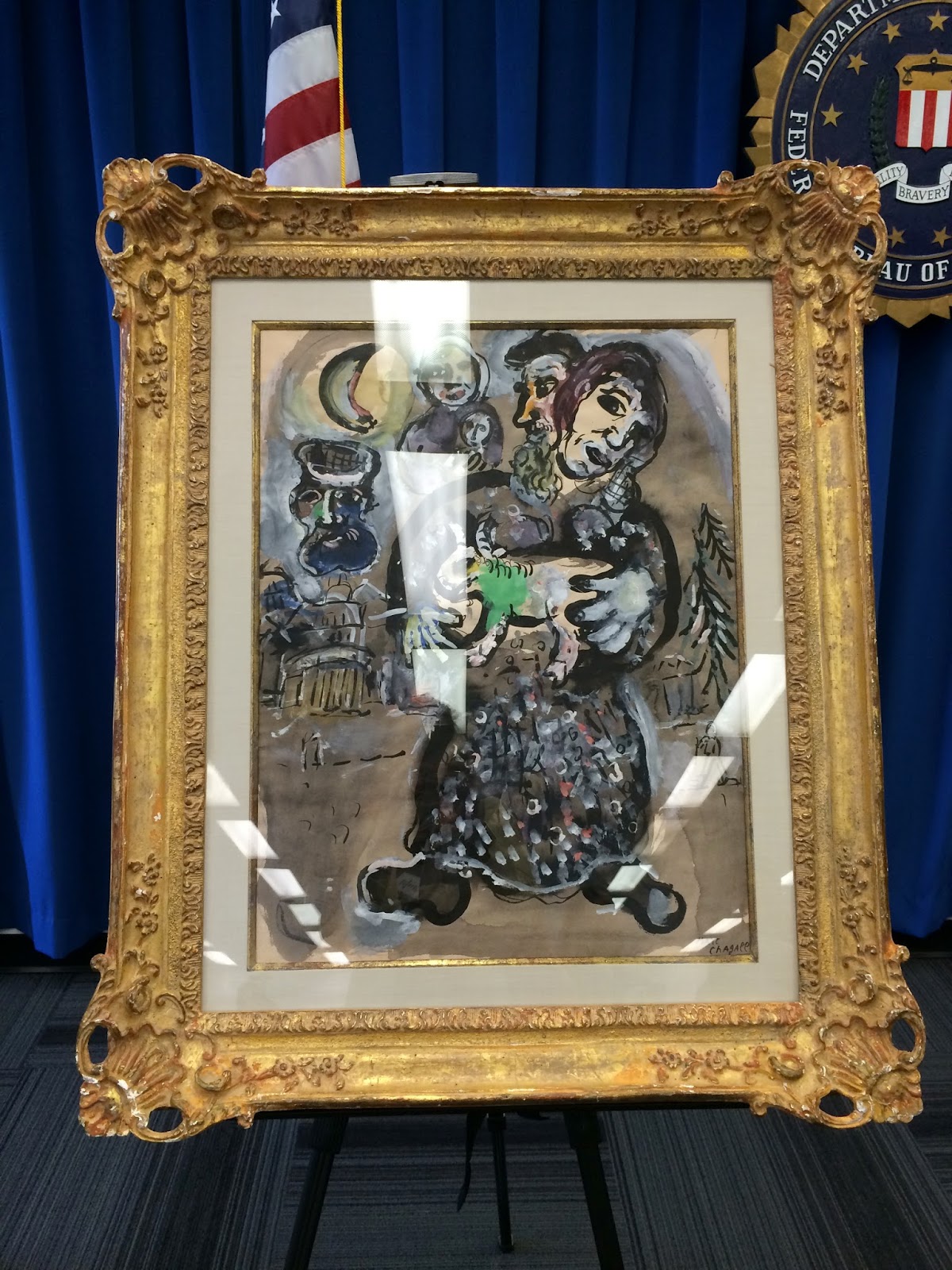Saturday, January 17, 2015 -  2014 Postgraduate Certificate Program,art insurance,Dorit Straus
2014 Postgraduate Certificate Program,art insurance,Dorit Straus
 No comments
No comments
 2014 Postgraduate Certificate Program,art insurance,Dorit Straus
2014 Postgraduate Certificate Program,art insurance,Dorit Straus
 No comments
No comments
Retired insurance executive Dorit Straus returns to teach "Insurance Claims and the Art Trade" in Amelia this summer
 |
| Dorit Straus, retired insurance executive |
Dorit Straus, retired Chubb Insurance executive specializing in fine art, will be returning to Amelia to teach "Insurance Claims and the Art Trade":
My academic training was at the Hebrew University in Jerusalem in the department of Archeology - at that time the head of the department was Yigael Yadin, whose father was known for the discoveries of the Dead Sea Scrolls. He himself was famous for the excavations at the breathtaking desert palace of King Herod at Masada. During my studies, Yadin was involved in Hazor, another major excavation in Northern Israel. It was exciting to participate in such high profile digs. My career moved into the museum field and I worked at the Jewish Museum in New York and the Peabody Museum at Harvard University. At one point, I decided to make a 360 degree shift and somehow came towards fine art insurance, which started a 30 year career with the Chubb Group of Insurance Companies. It may seem unlikely to take that kind of a career path, but ultimately it was a completely rational progression whereby the skills that I acquired in the academic and the museum world matched the corporate needs of the insurance company. It was a very good partnership whereby I benefited from learning about the business world and applied those skills to fine art clients, whether they were private collectors, galleries or cultural institutions.
In the insurance process the key to profitability means choosing the right customers, at the right premium and then providing them with means to protect and preserve their property - analyzing these variables can make the difference between making a profit or having a loss. Providing the risk management and risk prevention is an essential benefit to the art community. In my role as an insurance executive I made sure that there was an equal balance between these demands and that the art community would benefit from an innovative approach to risk prevention. During my tenure at Chubb, we developed specific products to benefit the art community such as the Museum and Cultural institution program and an art gallery program. We came up with software products to help museums and cultural institutions manage their collection as well as infra red testing to detect hot spots in the walls that may mean that there was an electrical problem which could lead eventually to a fire. Preventing losses meant that one had to analyze the risk to make sure of the integrity of the insured - quite often I came across potential insureds who had questionable reputation or they were out right criminals. Many times it was a question of fraudulent valuations, either inflating values or trying to pass on a fake as the genuine item - catching these types of bad risks can be thrilling!
Almost everyone has some sort of a involvement with insurance, but most people do not understand the insurance transaction and have all kinds of misunderstandings of the process. In my course, I will cover the fundamentals of art insurance, the relationship between the different players and how the process actually works! We will address the different needs of the private collectors, museums and commercial galleries and focus on actual cases of art fraud and how the insurance transaction will or will not respond. We will also look at ways in which bad risks can be improved and we will demonstrate that through case studies in which theoretical and practical approaches will be taken. Those students who plan to move into positions in the art industry will find the course to be very useful in their future career. With so much in the news about art theft, fraud and fakes, and residual WWII issues, the course will be both relevant and timely.
On the final days students will be divided into 4 teams in which they will create scenarios including role plays to reflect what they have learned during the course. These scenarios will be judged on their originality, reality and creativity of presenting an insurance risk, a claim situation and determine if its a covered loss, and if not, why not.
There are several films that I would recommend: “How to Steal a Million" with Peter O’Toole and Audrey Hepburn is a fun movie that touches on many points that are relevant ( but not necessarily realistic) to the insurance course, also "The Thomas Crown Affair" and "Entrapment" and -- a very good documentary about art theft -- is “Stolen” by Rebecca Dreyfus.
Ms. Straus serves on the board of directors of AXA Art and Crozier Fine Art. She is also an insurance consultant for Art Recovery International.
Ms. Straus recently wrote in an email: "I started a project working with artists in the Hudson Valley in New York State called Art Hudson/Farm to Frame, bringing collectors and artists together, to support the arts and preserve farmlands. In 2014, we visited studios of Judy Pfaff; the private gallery of Steven Holt "T Space" with Carole Schneeman; and a visit to the new space of Jack Shainman "The School". Each event included a sumptuous farm to table lunch by top local chefs - and the events also support the great works of Scenic Hudson a not for profit environmental Advocacy organization!
Exciting events are planned for spring and fall of 2015 - stay tuned!"
Exciting events are planned for spring and fall of 2015 - stay tuned!"






















